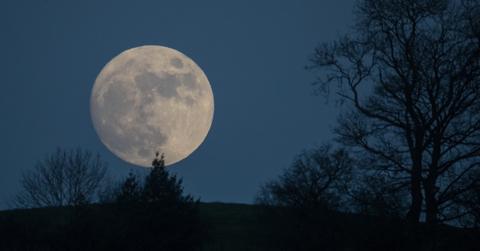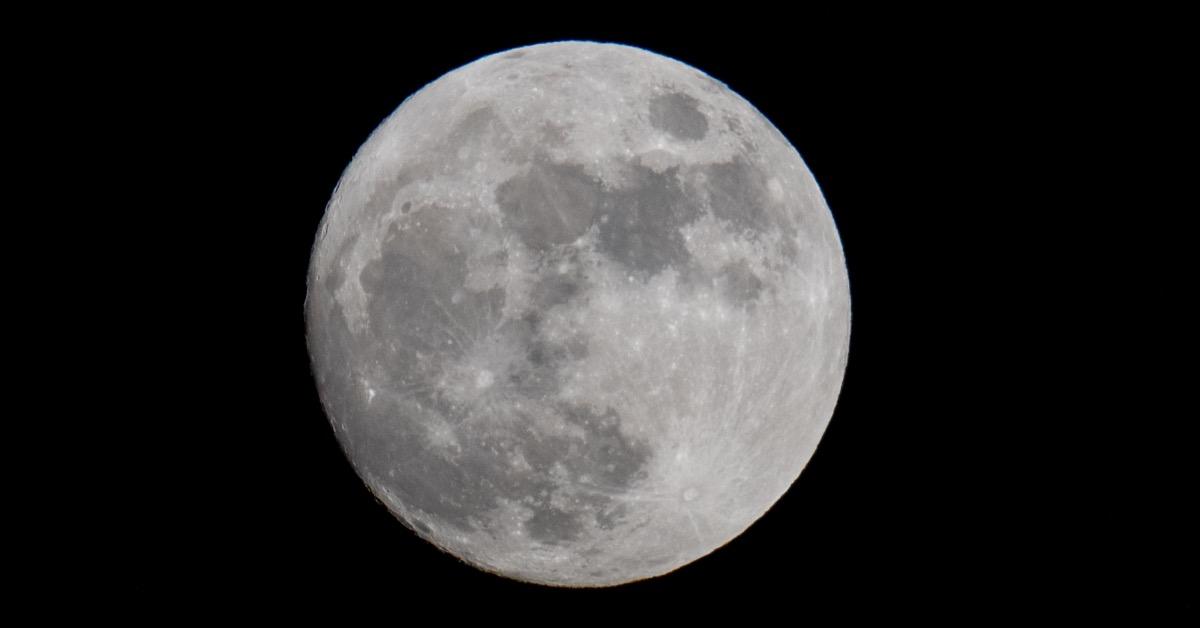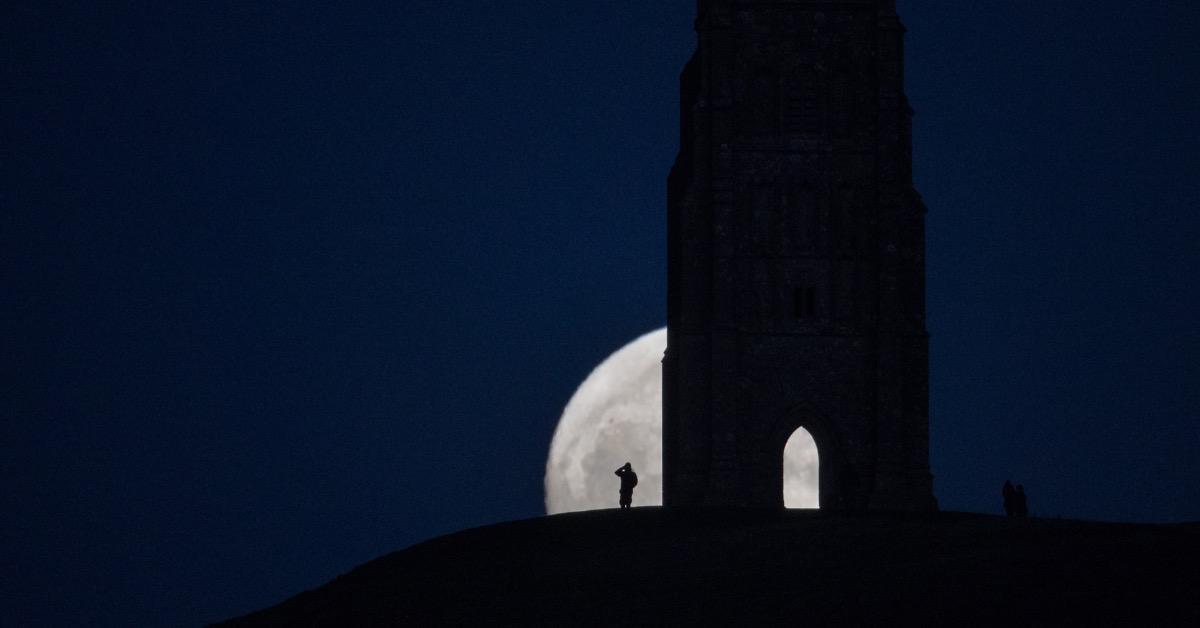What Exactly Is the Wolf Moon and How Do You See It?
Published Jan. 27 2021, 1:48 p.m. ET

Soon, the first full moon of 2021 will be glistening over the planet's night skies, and stargazers across the globe are eager to catch a glimpse of the yearly occurrence that is referred to as a "wolf moon."
Despite not having any discernible visible differences from other full moons that occur throughout the year, the significance of the "wolf moon" is one that has long been storied across various world cultures. So, what exactly is the meaning of the term, and how does one go about viewing it?

The term "wolf moon" is rooted in seasonal characteristics of the northern hemisphere.
For early Native American and European people, the most easily-defined way to categorize lunar cycles at the time was to name them after occurrences that were common when they transpired. Hence, why the late January "wolf moon" derives its name from the knowledge that wolves frequently howl more often at this time of year.
The notion that wolves howl more frequently during January was historically rooted in the belief that they were hungry, but it has since been found that the uptick in vocalization is more so due to strengthening winter hunting communication, finding pack members, and ultimately marking their territory, per The Old Farmer's Almanac.
The term, which is part of a larger collection of month names and lunar cycles all compiled through traditional Native American, Anglo-Saxon, and Germanic elements, is indicative of a time when the forces of nature and those that inhabit it were the defining elements in people's lives.

Following this lunar spectacle is another full moon at the end of February referred to as the "snow moon," indicative, like its predecessor, of the natural occurrences known to transpire at that time of year.
How to view the "wolf moon" from the comfort of your own home.
Luckily, residents of North America will be granted the best view of the "wolf moon" out of any region on the planet. For those residing in that general area, the best time to see the 'wolf moon' will be on Jan. 28, 2021, in the few-minute window between moonrise and sunset.
Moonrise is set to occur around 5:00 p.m. local time in New York City, with sunset occurring just 9 minutes later. In Los Angeles, sunset is set to take place at 5:20 p.m. local time, with moonrise occurring 4 minutes later.
For further clarification regarding the exact time the "wolf moon" will be visible in the night sky near you, The Old Farmer's Almanac has provided a handy calculator that pinpoints the moment the lunar anomaly will be viewable with only a quick glance to the stars above.